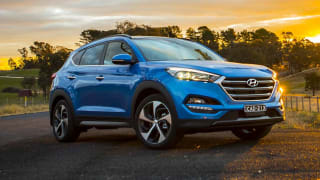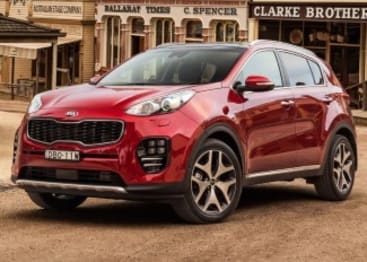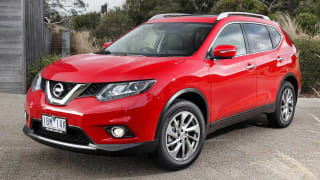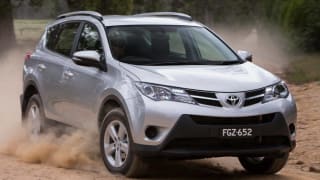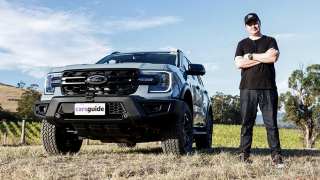Hear that? It’s boardrooms full of executives from other SUV makers laughing nervously as they reassure each other that there’s no way a mid-sized Kia could outdo them. But they shouldn’t get too comfortable, because the new fourth-generation Kia Sportage packs a lot of promise.
The real winner is you. With the car-making giants trying to outdo each other the buyer benefits from the leaps in quality, design and value for money. This is especially true for SUVs and the medium sized segment is fiercely competitive – this where the Sportage comes in.
The previous Sportage was good, but this new model has seen Kia focus particular attention on the way it drives, its safety, the room inside, cabin technology and its styling.
You’ll notice these looks most. Ever since design guru Peter Schreyer left Audi and started drawing Kias they've look stunning – all of them.
Read more about Kia Sportage
The Sportage’s face has the latest iteration of Kia's characteristic grille, but the headlights have been separted from it and placed higher. Rumour has it that this will be the new face for all next-gen Kias and the Sportage is the leading the way, which is likely to be good news for resale value.
The new Sportage is also longer, but in the area that really counts – between the front and rear wheels where the distance has been increased by 30mm. It doesn’t sound like much but the longer wheelbase makes all the difference to passenger space. It’s spacious up front and legroom in the back is great even for this 6ft3 writer. That said the 466 litres boot is a single litre bigger than the previous model, but still 22 litres smaller than its Hyundai Tucson rival. Whether the Sportage's boot is bigger than the overall benchmark Mazda's CX-5's isn't possible to judge on paper due to Mazda measruign its boot space in litres VDA (403 litres, for the record).
The new Sportage comes in the familiar Si, SLi and the top-of-the-range Platinum trim levels. You have a choice of 114kW/192Nm 2.0-litre petrol or 136kW/400Nm 2.0-litre turbo diesel engines in the Si and SLi, while the top-spec Platinum can be had with a 135kW/237Nm 2.4-litre petrol or the same turbodiesel. All come with a six-speed automatic transmission – so no more manual in the line-up.
Sportages with the smaller 2.0-litre petrol engine are two-wheel drive, leaving the 2.4-litre Platnium as the only petrol all-wheeel drive. Turbodiesels are all-wheel drive across the board.
All three engines are retuned versions of the previous units. Power and torque outputs have shuffled slightly in either direction but the overall result is improved efficiency for all three. The 2.0-litre petrol returns an official combined fuel figure of 7.9L/100km (down from 8.8), the 2.4-litre petrol 8.5L/100km (down from 9.2) and the diesel sipping 6.8L/100km (down from 7.5).
-
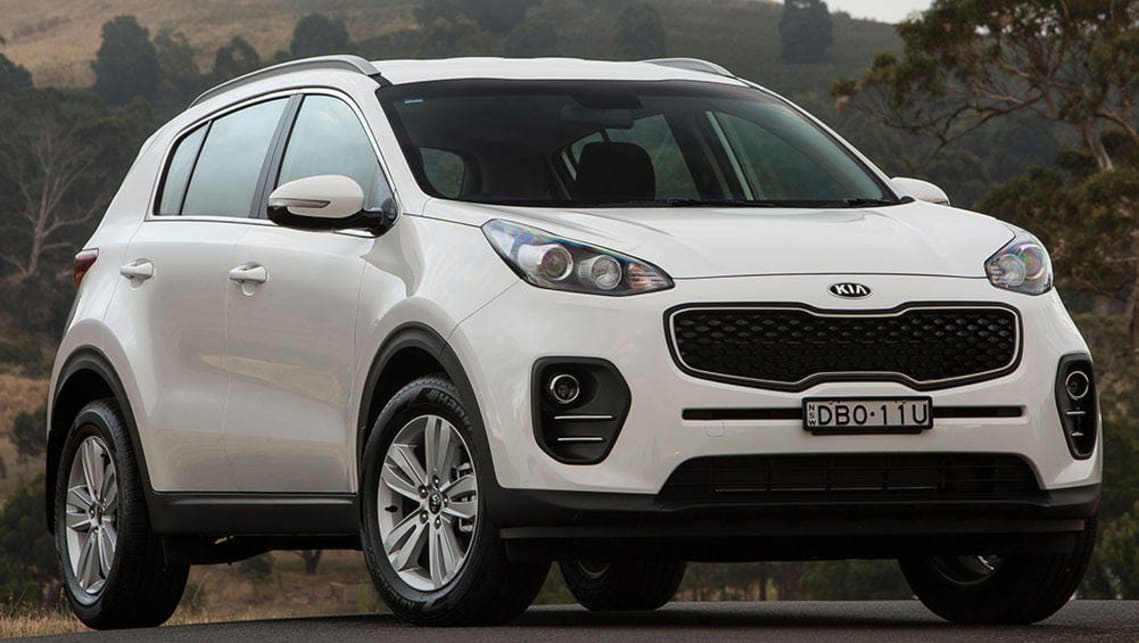 2016 Kia Sportage Si
2016 Kia Sportage Si
-
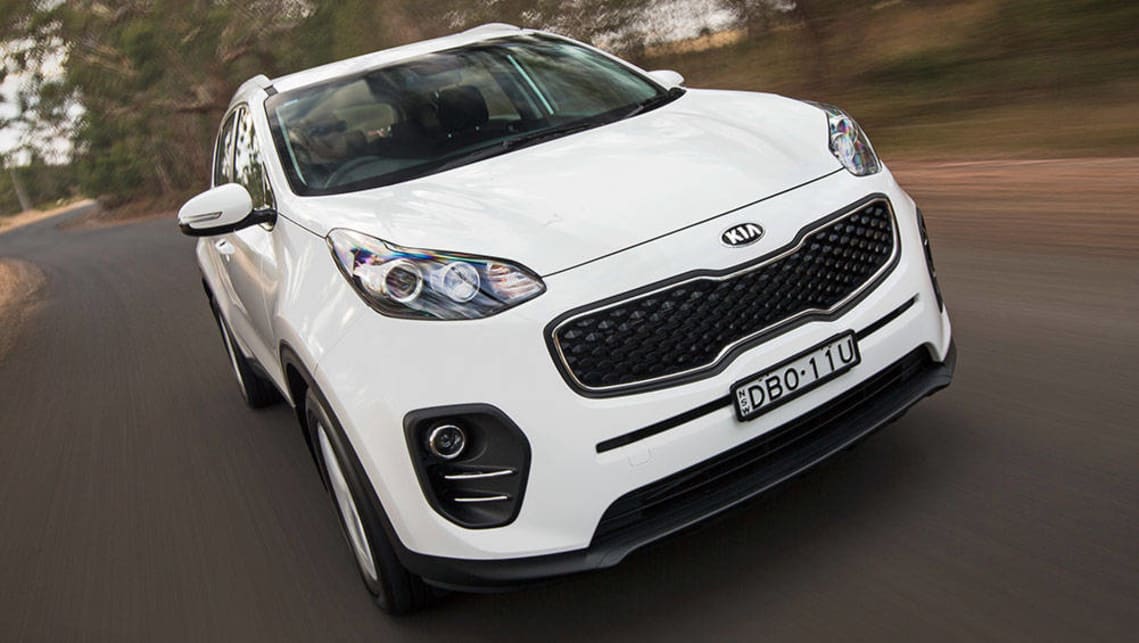 2016 Kia Sportage Si
2016 Kia Sportage Si
-
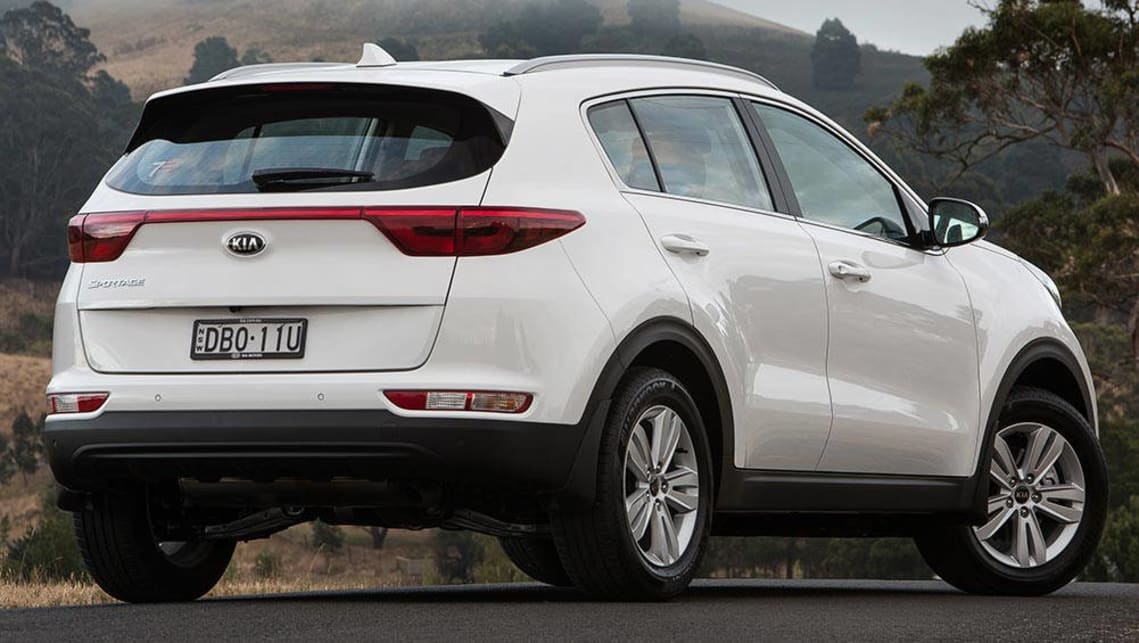 2016 Kia Sportage Si
2016 Kia Sportage Si
-
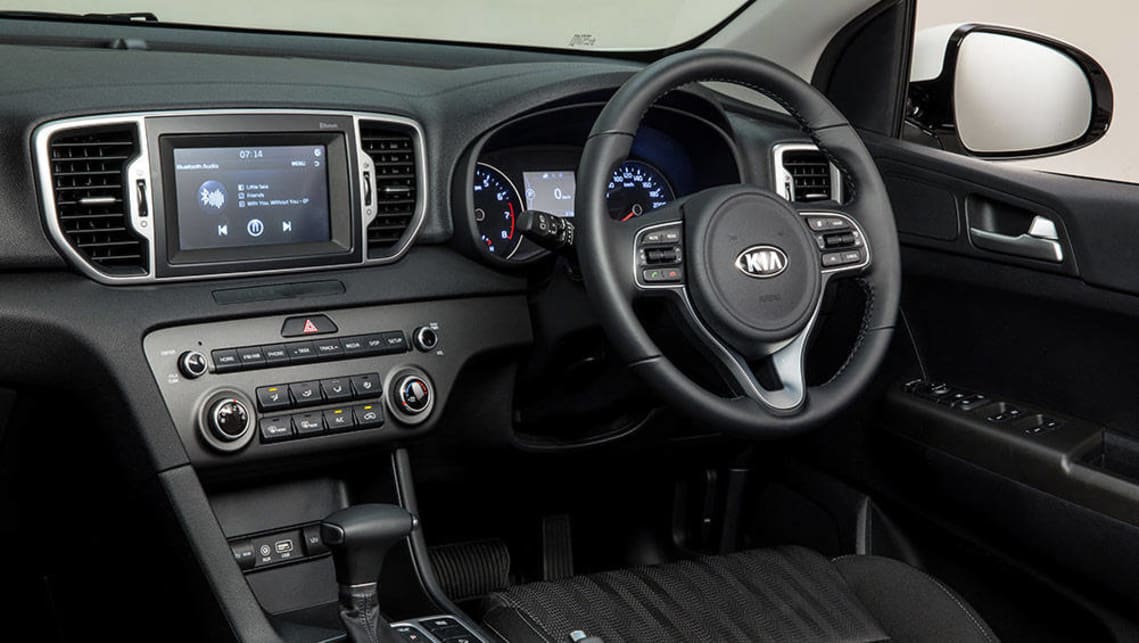 2016 Kia Sportage Si
2016 Kia Sportage Si
The price of entry has jumped $3000 - largely due to the base manual being dropped - but the $28,990 petrol Si has also risen $800 over the equivalent outgoing model. The range-topping Platinum has jumped up $5100 for the petrol and $4500 for the diesel and now cost $43,490 and $45,990 respectively. It's a steep hike in price but coming with it is a chunk of new kit - much of it safety related such as AEB; forward collision and blind spot alerts, lane guidance, auto parking and headlights which can dip themselves to low beam will they see cars coming.
All Sportages have a high level of safety with 51 per cent of the body now being made of advanced high strength steel (compared to 18 per cent in the previous model), there’s also six airbags, stability and traction control. The Sportage has a five-star Euro NCAP safety rating, but it's yet to be tested by ANCAP.
The value for money across the range is still great. The mid range SLi petrol is priced at $33,990 – the same as rival Toyota’s equivalent RAV4 GXL with an auto. The SLi's standard features include 7-inch touch screen, reversing camera, satnav, dual-zone climate control and auto wipers.
It's fantastic to see that a full-sized spare alloy wheel is standard on all variants, too.
On the road
We drove the petrol Si, the diesel SLi and the Platinum with both engines at the Sportage's Australian launch.
Even the base Si the interior has the same high-quality feel and great styling that we've already seen in the Sorento and Carnival. The Platinum is plusher again with leather seats and flatbottom steering wheel, sunroof and wireless Qi (pronounced 'chee') charging pad for smartphones.
We covered hundreds of kilometres, from highways to some downright shocking country roads with a good mix of dirt and gravel chucked in. A brave choice of route, but it also shows a lot of confidence in the car’s ride and handling.
-
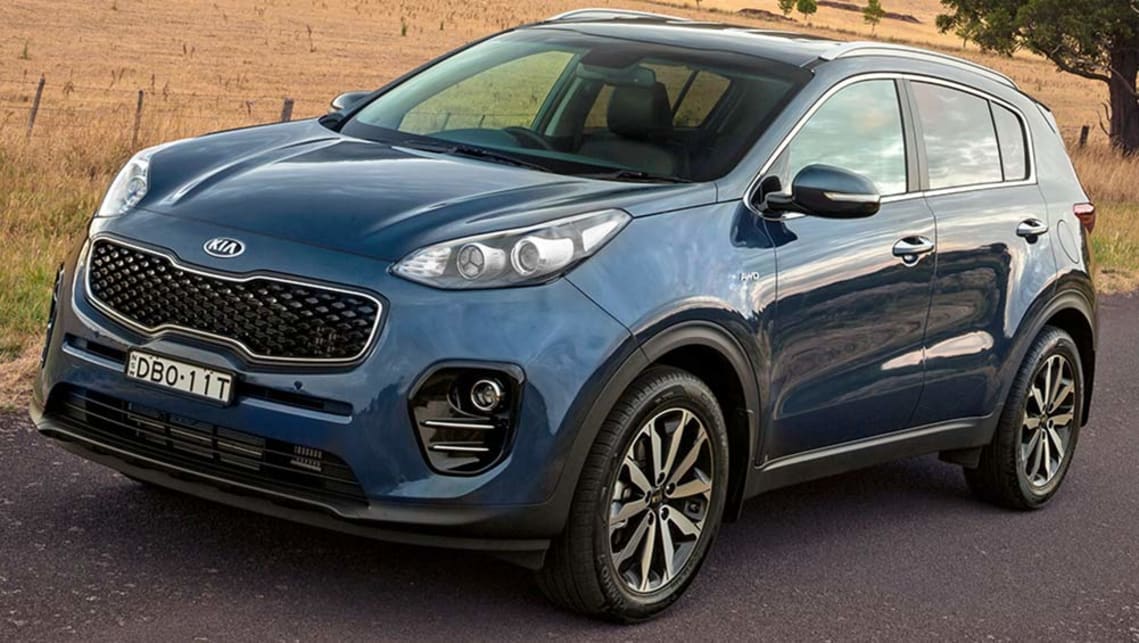 2016 Kia Sportage SLi
2016 Kia Sportage SLi
-
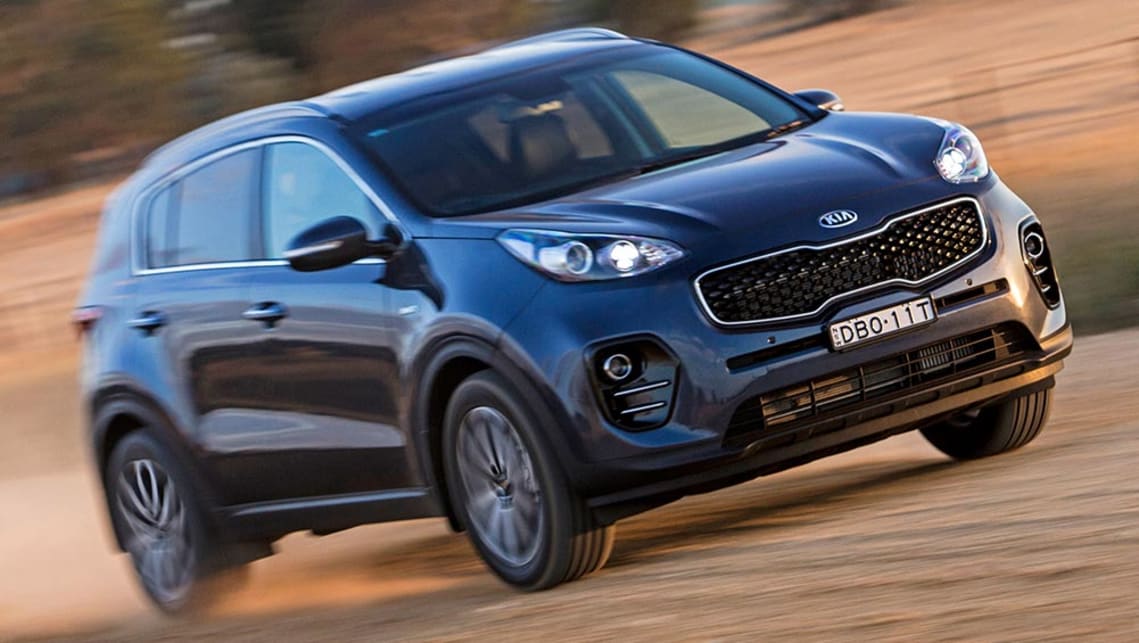 2016 Kia Sportage SLi
2016 Kia Sportage SLi
-
 2016 Kia Sportage SLi
2016 Kia Sportage SLi
-
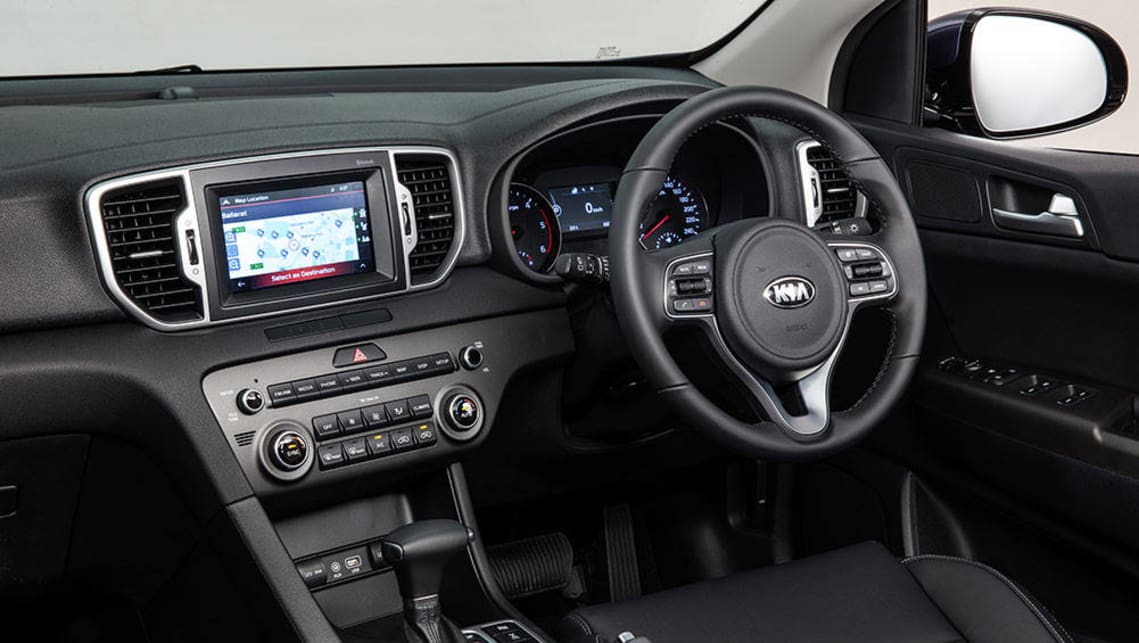 2016 Kia Sportage SLi
2016 Kia Sportage SLi
The Sportage recieved the same local suspension tuning Kia has applied to all its recent cars. We reckon they nailed it – particularly on the all-wheel drive variants. All Sportages are firm enough for you to push through the corners and not feel like it’s going to tip over and soft enough to absorb the pothole impacts and sudden dips with ease. Altogether it's a level composure that would be at home on something with a premium badge.
If we had to choose an engine it would be the diesel – packing 400Nm of torque from 1750rpm it's damned strong. The 2.0-litre petrol is adequate, but had to work hard just to get two (well-fed) journos and their luggage up steep hills. The 2.4-litre is the pick of the petrols – but as we mentioned it’s only available on the Platinum level.
Kia’s engineers also reduced NVH. It’s now a far quieter place to sit with little road roar finding its way into the cabin.
Not many Sportages are going to head far away from the bitumen, and the dirt tracks in the national park we covered are probably the only kind ‘off roading’ they’ll see. The real advantage of the all-wheel drive is for better grip on slippery roads in wet weather. It was bucketing down for much of the time we drove, and even mashing the accelerator couldn't loosen its grip.
